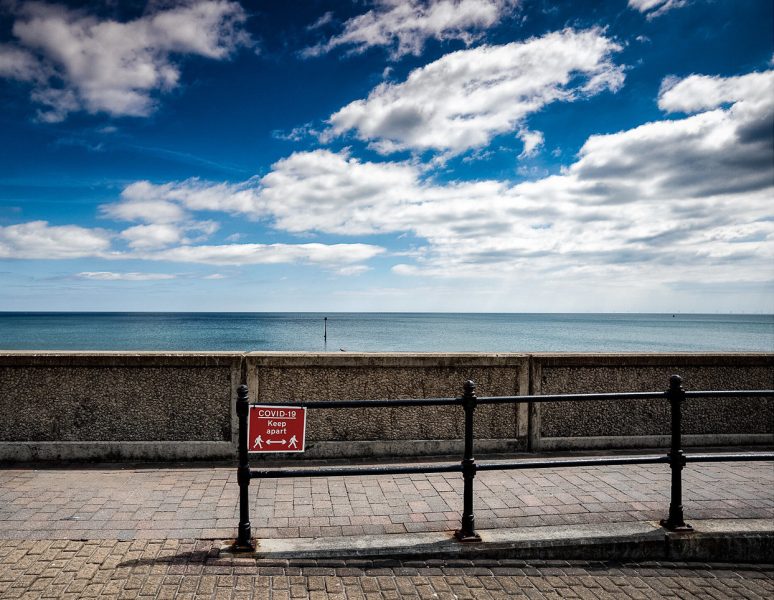Hot or Cold, Weather Has Little Influence on Coronavirus Spread
October 29, 2021

Research led by the Jackson School of Geosciences is adding some clarity on weather’s role in COVID-19, with a study finding that temperature and humidity do not play a significant role in coronavirus spread.
That means whether it’s hot or cold outside, the transmission of the coronavirus from one person to the next depends almost entirely on human behavior.
The research was published in October 2020 in the International Journal of Environmental Research and Public Health.
“The effect of weather is low, and other features such as mobility have more impact than weather,” said Jackson School Professor Dev Niyogi, who led the study. “In terms of relative importance, weather is one of the last parameters.”
The study defined weather as “equivalent air temperature,” which combines temperature and humidity into a single value. The scientists then analyzed how this value tracked with coronavirus spread in different areas from March to July 2020, with their scale ranging from U.S. states and counties, to countries, regions and the world at large.
Across scales, the scientists found that the weather had almost no influence.
When it was compared with other factors using a statistical metric that breaks down the relative contribution of each factor toward a particular outcome, the weather’s relative importance at the county scale was less than 3%, with no indication that a specific type of weather promoted spread over another.
Niyogi said that one of the key lessons of the coronavirus pandemic is the importance of analyzing phenomena at the “human scale” — the scale at which humans live their day-to-day lives. He said that this research is an example of this type of perspective.
The study was co-authored by Sajad Jamshidi, a research assistant at Purdue University, and Maryam Baniasad, a doctoral candidate at Ohio State University.
Back to the Newsletter